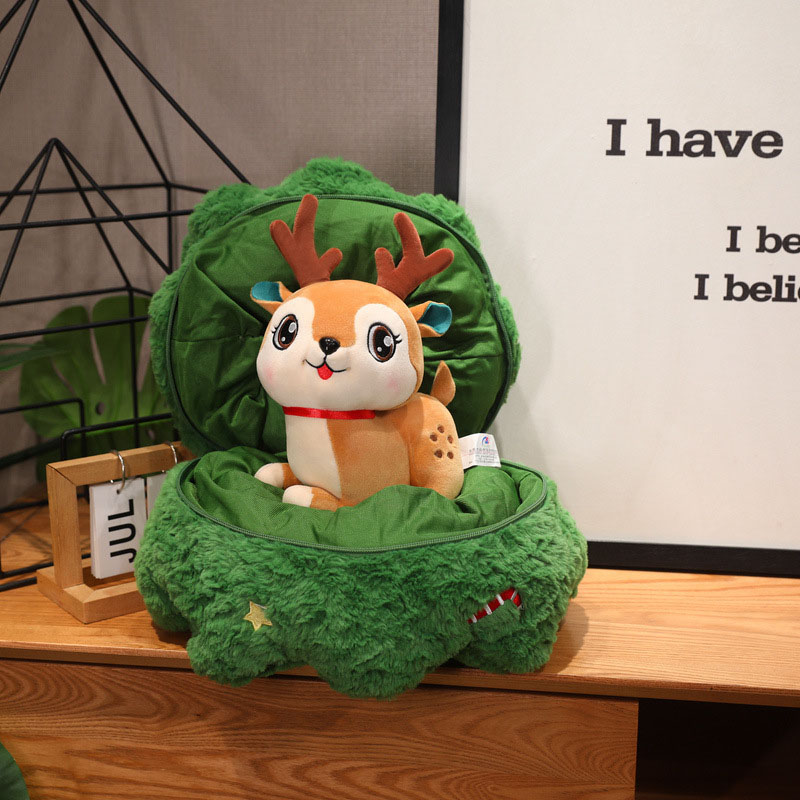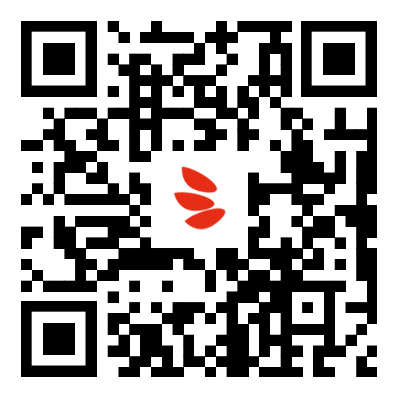Cartoon Plush Toys' Materials and Production Process
2025-06-13
Cartoon plush toys are made from a combination of different materials and production processes to ensure that they are soft, safe, and durable. Here's a general overview of the materials and steps involved in the production:
Materials:
Fabric:
Plush Fabric (Fleece, Velboa, or Minky): These are the most common fabrics used for the outer surface. They are soft, plush, and safe for kids.
Cotton or Polyester Fabric: Some plush toys are made from these materials for their strength and versatility.
Filling:
Polyester Fiberfill: This is the most common filler, providing softness and flexibility.
Cotton: In some cases, especially for eco-friendly toys, cotton may be used.
Memory Foam: For certain high-end plush toys, memory foam is used to create a unique feel.
Eyes and Nose:
Plastic or Acrylic Eyes: Safe, high-quality plastic or acrylic is often used for the eyes and nose, especially for larger plush toys.
Embroidered Features: For safety reasons, especially in baby toys, the eyes and nose are often embroidered.

Thread:
Nylon or Polyester Thread: Strong and durable, used for stitching parts together.
Labels:
Washable Fabric Tags: Contains brand name, safety warnings, and washing instructions.
Production Process:
Design:
The toy is first designed digitally using CAD software or hand-drawn sketches, ensuring it captures the look and personality of the cartoon character.
Fabric Cutting:
Once the design is finalized, fabric is cut into shapes according to the parts of the toy (body, head, limbs, etc.).
Sewing:
The fabric pieces are stitched together using industrial sewing machines. Parts like the body, limbs, ears, and tail are sewn separately before being joined together.
Filling:
Polyester fiberfill or cotton is inserted into the toy’s body to give it its plush, soft feel. The filling is distributed evenly, and the body is then sealed.
Assembly:
The embroidered or plastic eyes and noses are attached to the plush toy. The embroidery machine is often used for safety reasons when adding facial features.
Sewing and Finishing:
After all the parts are stitched, the toy is checked for any loose threads or weak stitching. Additional features like clothing or accessories may be added at this stage.


